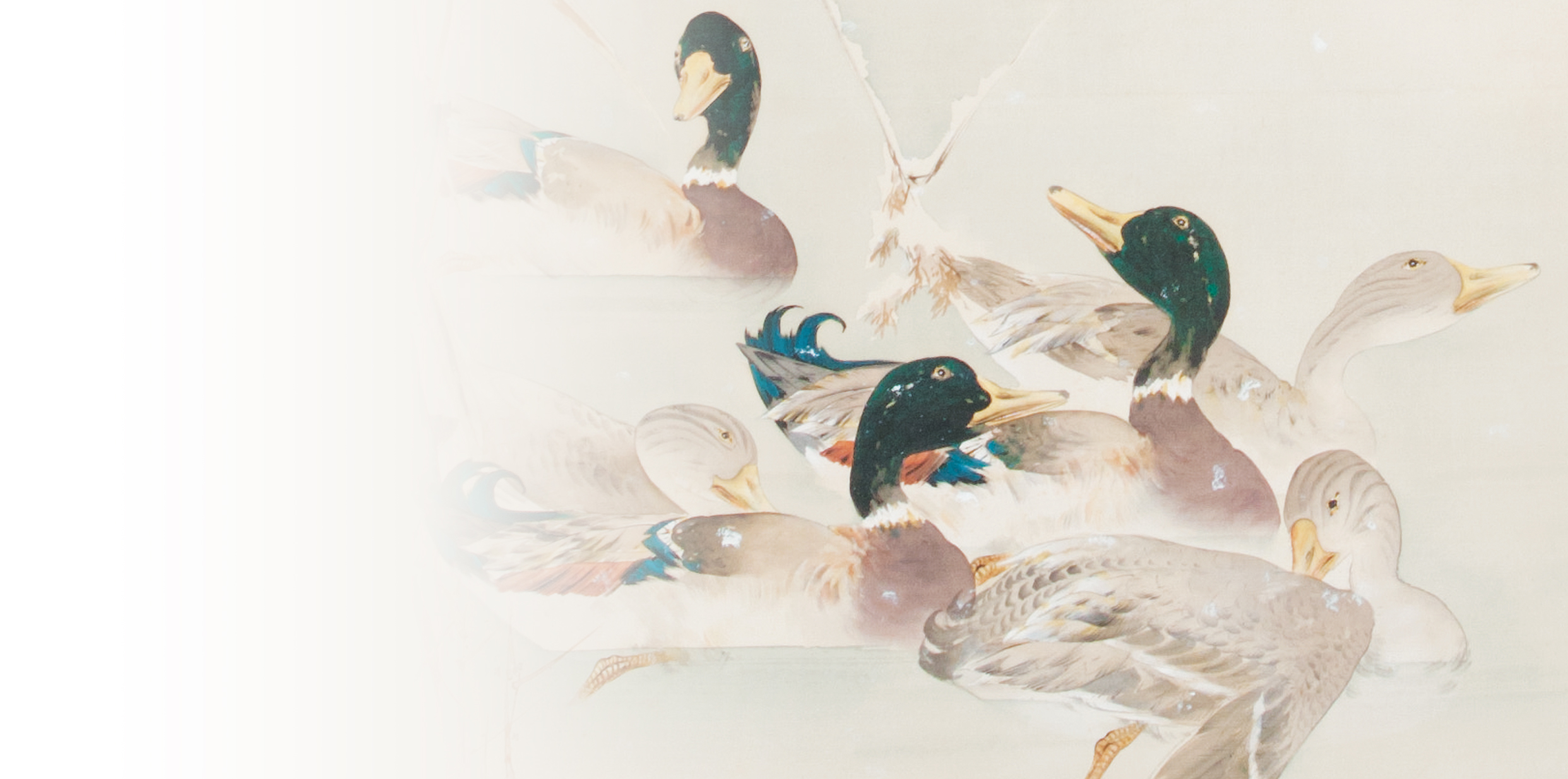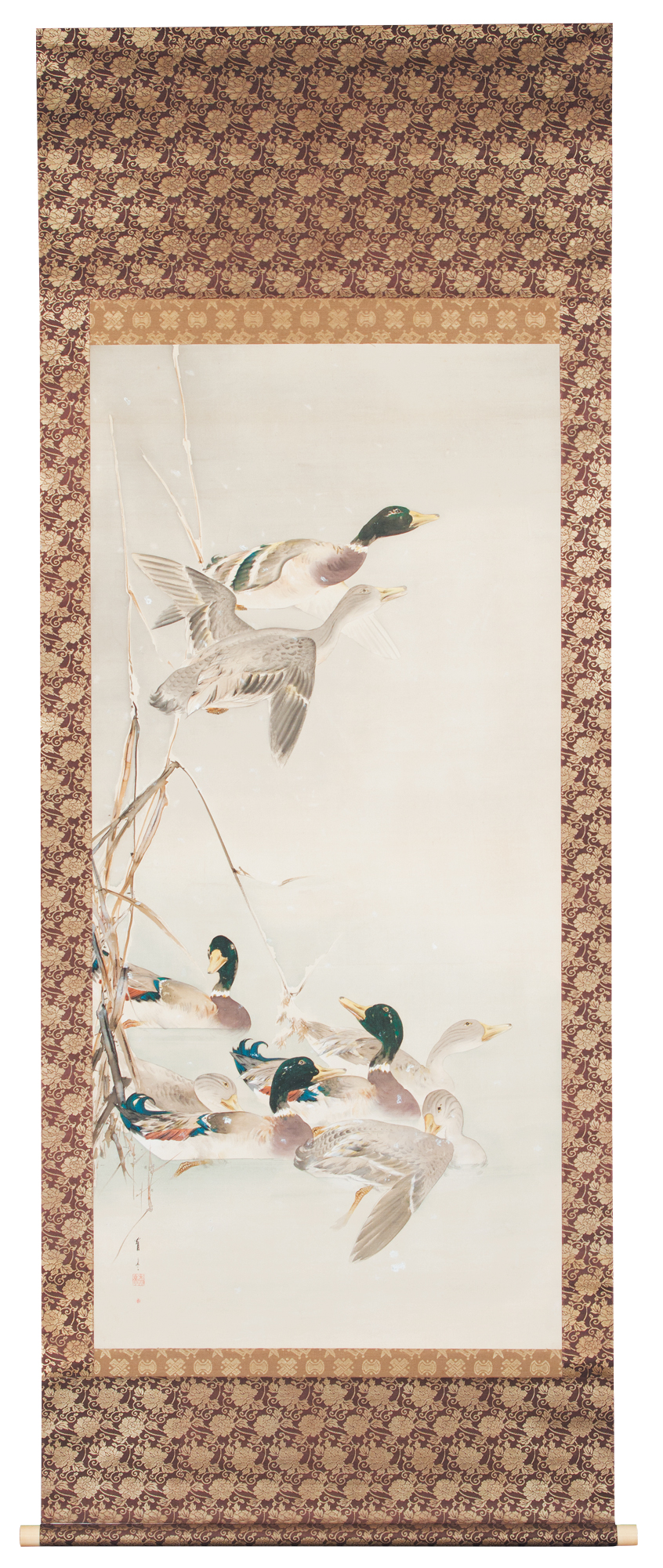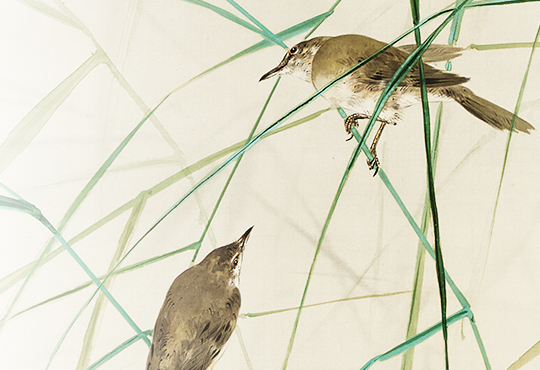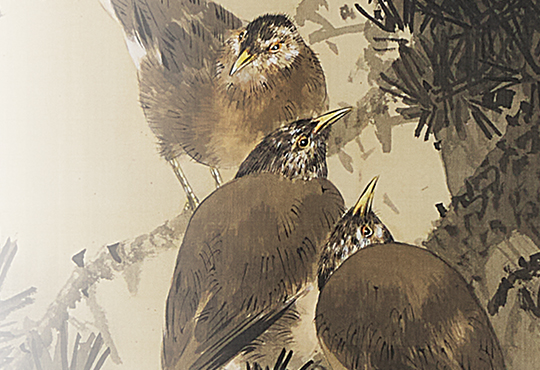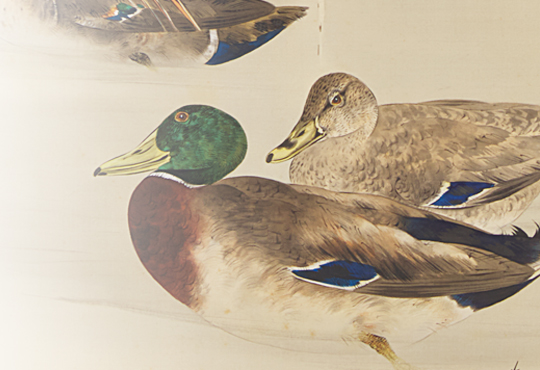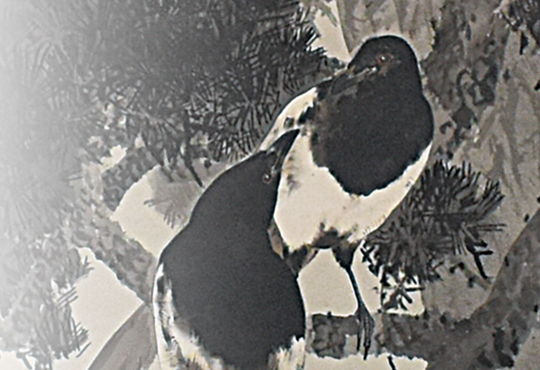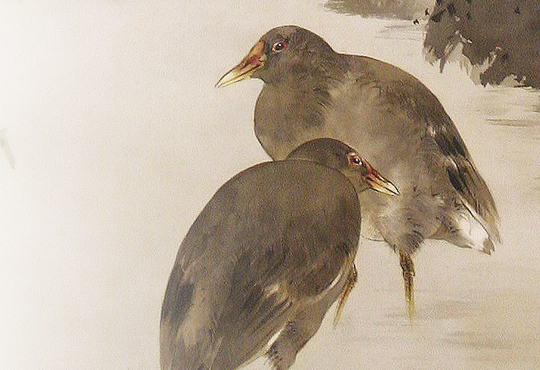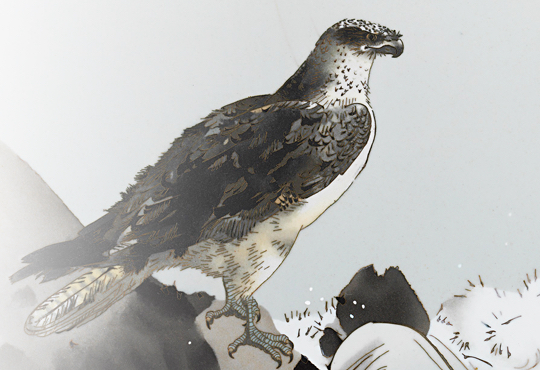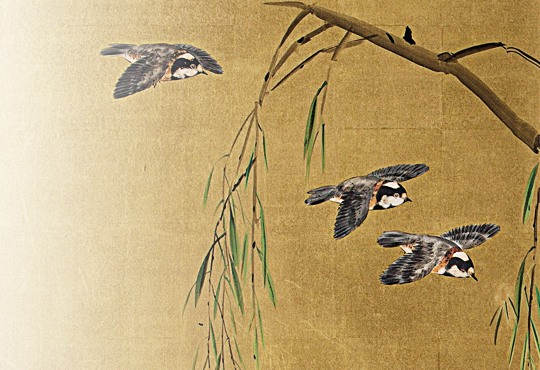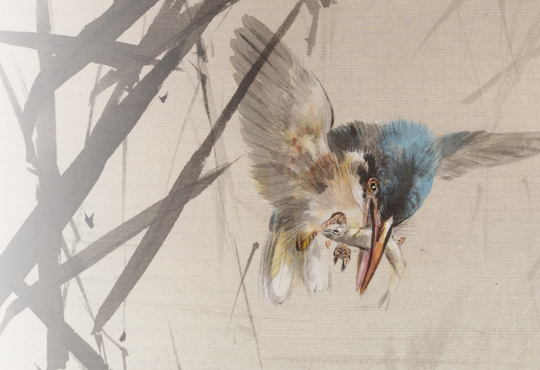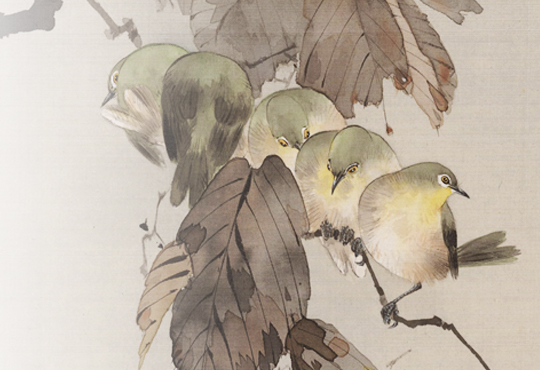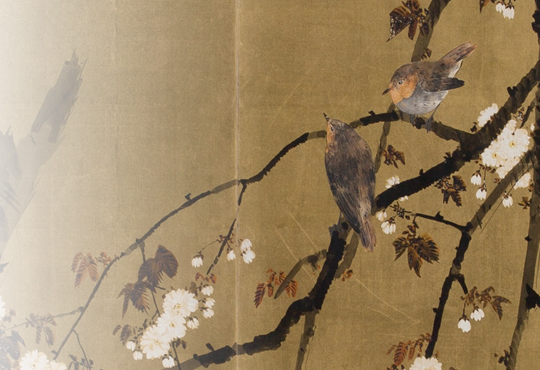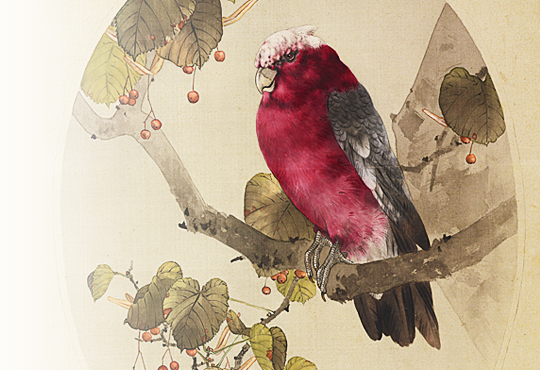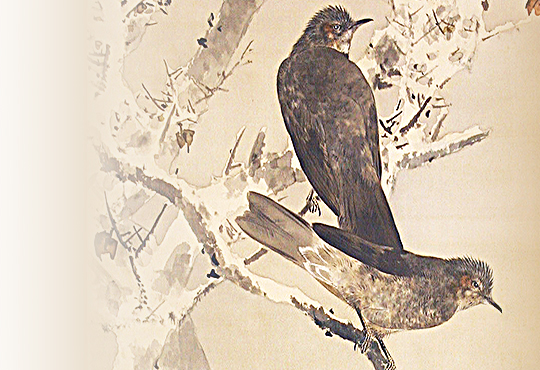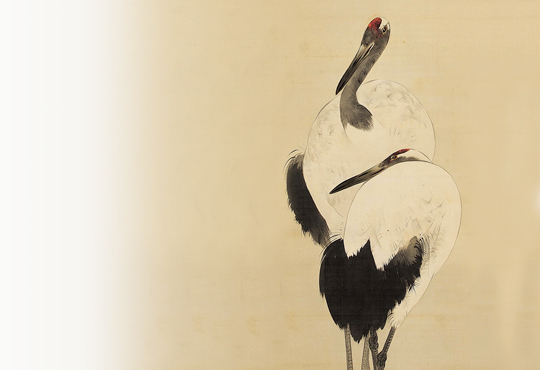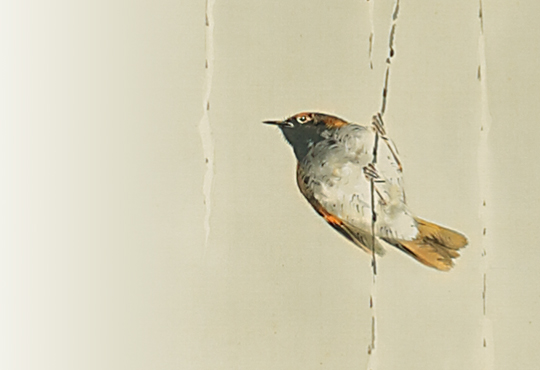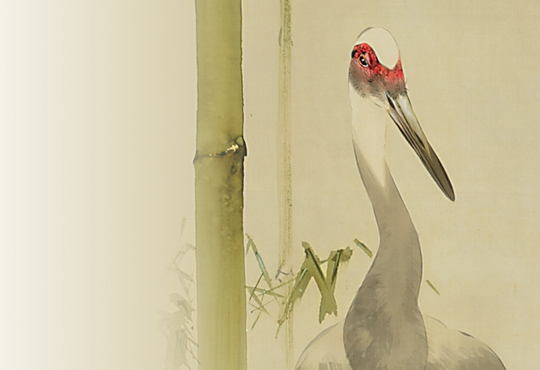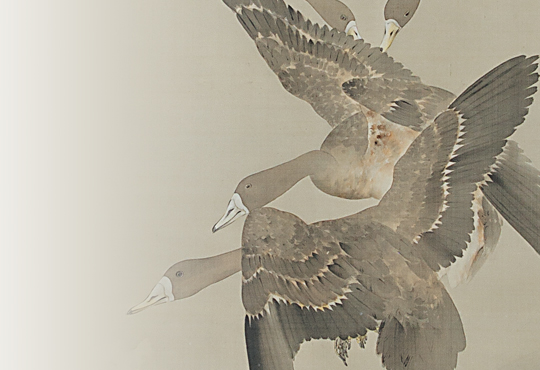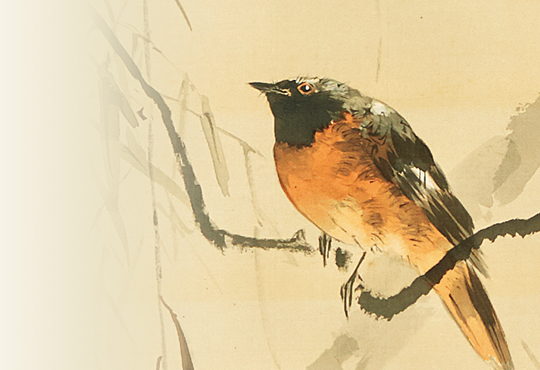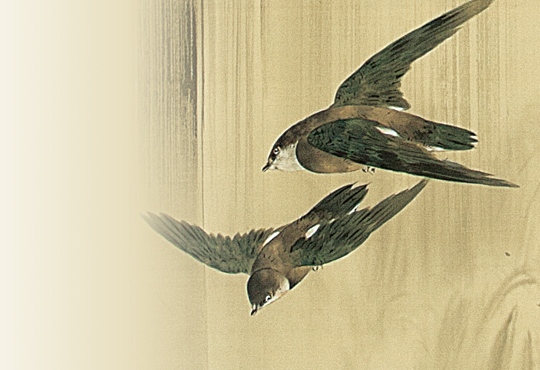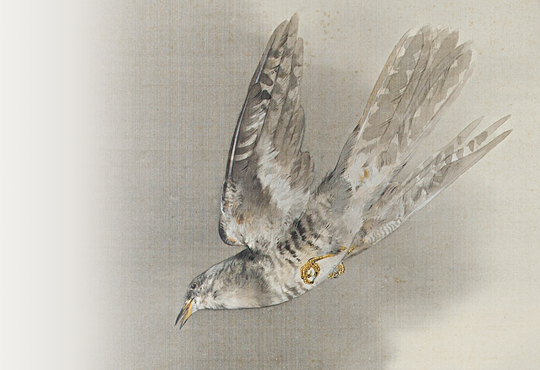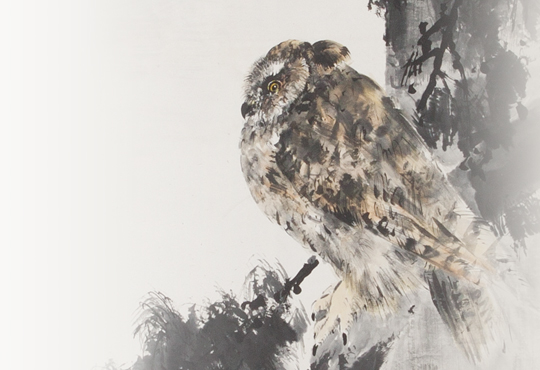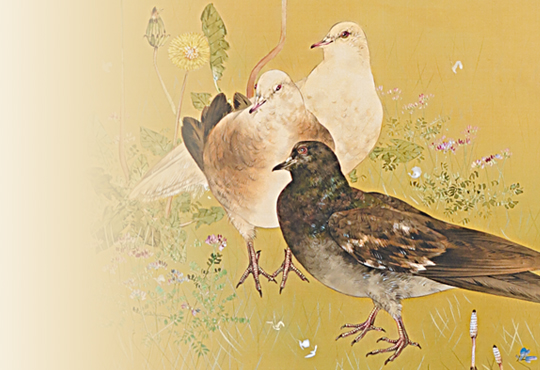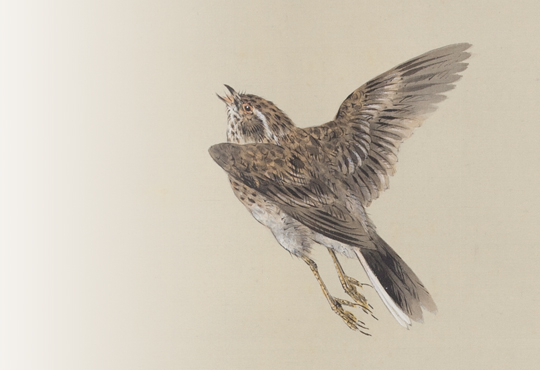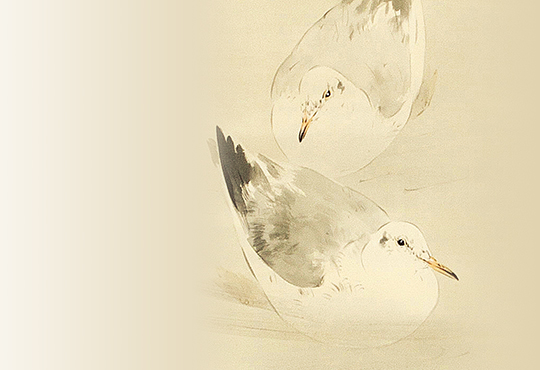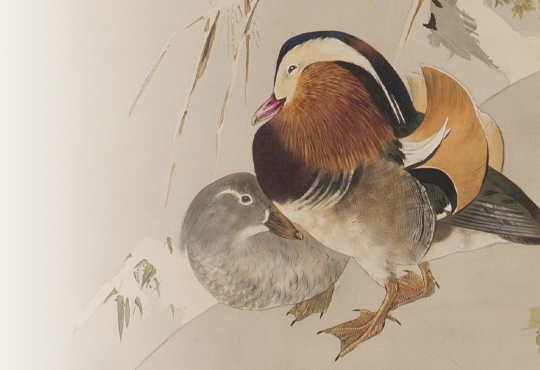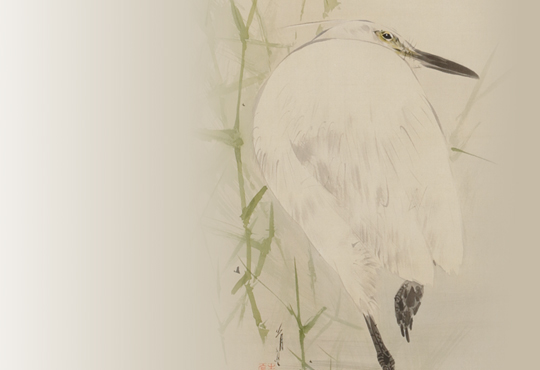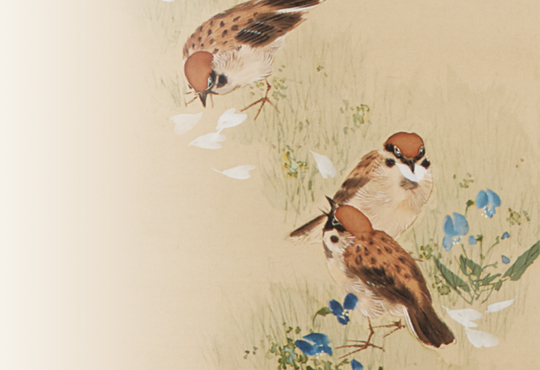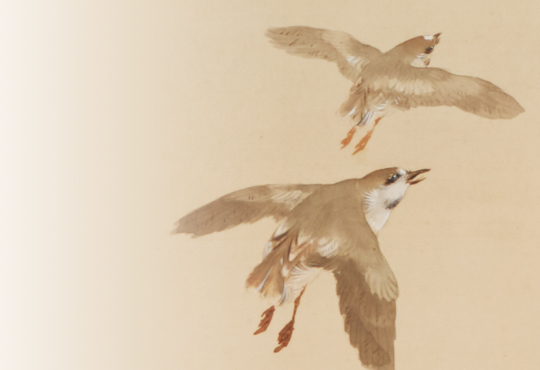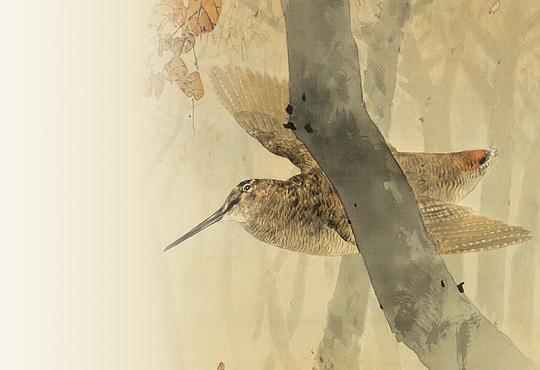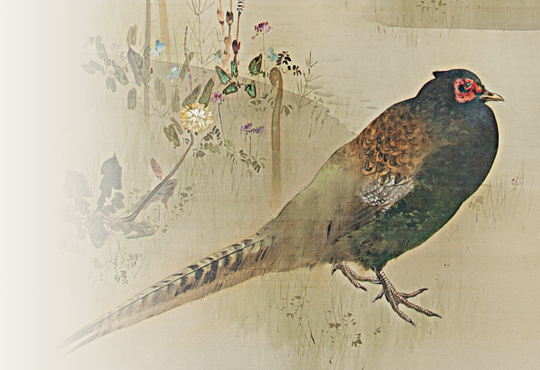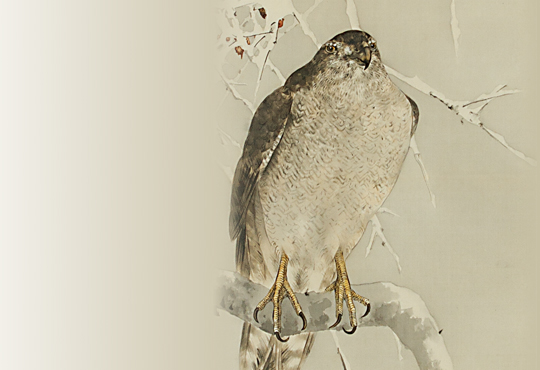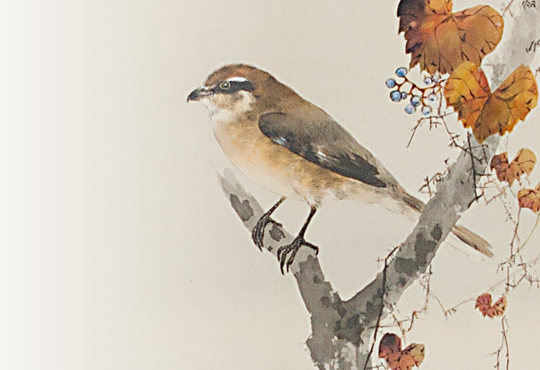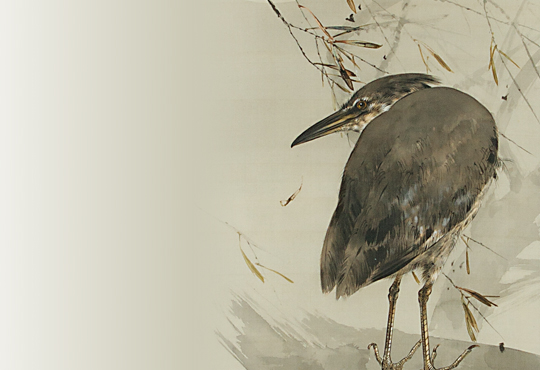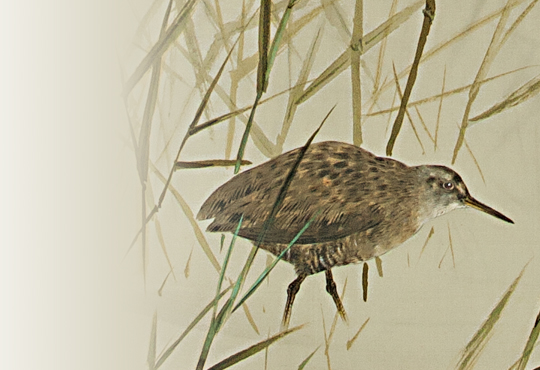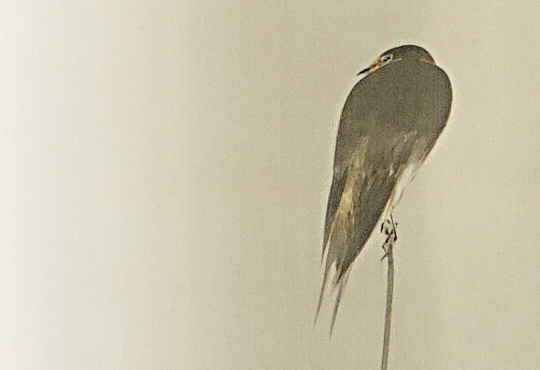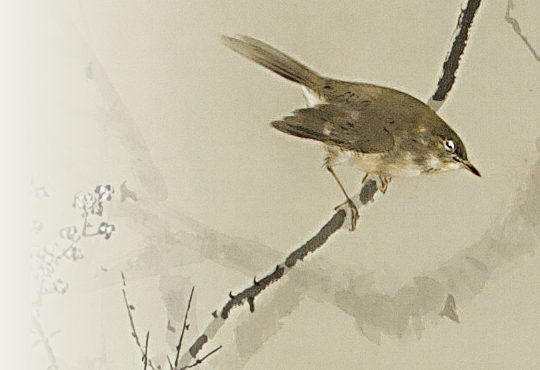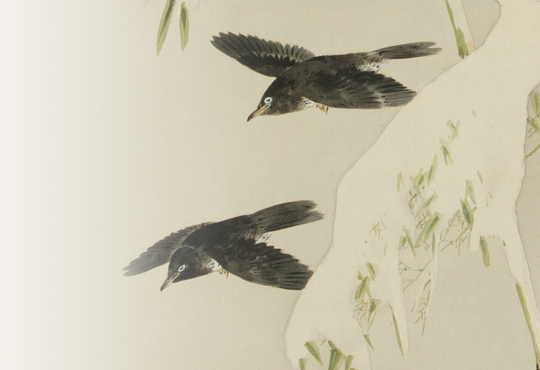vol.23 A Man, a Woman and an Eclipse: Ducks in Snow
Biologically speaking, a bird is defined as “a modern animal with feathers, and its common ancestral, nowextinct animal.” In recent years, it has become apparent that birds have evolved from a group of carnivorous dinosaurs, and fossil records reveal that some dinosaurs were feathered. As a result, the difference between dinosaurs and birds have over time grown more ambiguous, (disagreement still remains among experts on whether the famous Archaeopteryx is a bird or a dinosaur,) nevertheless the idea that the most important physical feature of birds being “feathered” has remained constant.
Feathers hold various excellent functions; they give heat retention and insulation and provide water, dust and scratch proofing. Typically, feathers cover the entire body except for the beak, eyes and legs, and they protect the body and life of a bird every day. In addition, some feathers are very colourful and have unusual patterns, which purports to the added function of revealing sexual maturity and attracting mates. Furthermore, the unique shape of wing and tail feathers give birds the ability to fly. In this way, feathers are indispensable to their survival, and it can even be said that the biological acquisition of feathers has helped birds prosper.
As such, feathers are essential. However, due to their being essential, they are exhausted by daily use. Feathers are constantly in contact with the outside world and damage accumulates regularly through wind, rain, sun, heat, collision, and, furthermore, by parasites and bacteria that eat and decompose feathers. A bird will be at risk when even when a few feathers become disabled. As such, many birds “moult” once a year to produce fresh plumage.
Moulting begins when parental care ends. In Japan, this would be around August. To prepare for long-distance migration and the winter cold, moulting occurs in-between the time when parental care ends and autumn migration begins. Parents, too, who have been damaged by child-rearing, return in September with deceptively new, beautiful plumage.
Ducks have an unusual moulting pattern. In most cases, male ducks are adorned with vibrant primary colours, while females are coloured plainly in brown, grey and black. However, following summer moult, males shed into said plain colours and, as such, temporarily come to resemble females. This is called “Eclipse plumage”, and it endures during Autumn migration, however, following arrival at the wintering ground, the subsequent moult reverts males back to their typical vibrancy. In other words, it only becomes difficult to distinguish between males and females during the period of Autumn migration. With that said, a skilled birdwatcher can differentiate between males and females during this period. While identification points differ between species, with Mallards, sex can be identified with the colours of their beaks, with males being yellow and females black with a red-brown part.
Now, with what we have discussed, let us address this work. The work depicts eight mallards. Four appear to be vibrant males, while the other four seem to be plain females. Although this work is not as realistic as other works by Seitei, its overall form and balance, accurate colour and shape of each body part, and the often-overlooked white ring pattern on the male’s necklines, all suggests he sought for some degree of realism. The problem rests with the four plain birds. As you may have noticed, their beaks are clearly yellow. Moreover, the curled feathers around the waist, which should only appear on males, can be seen on the bird in the utmost foreground and the flying bird in the background. Hence, these are not females but males with eclipse plumage. Unknowing viewers may view this work as depicting happily coupled birds, however, in reality, they are all male and uncoupled. Many painters painted bird-and-flower paintings of regular males and those in eclipse, and these many works are often seen in museums and galleries. Due to the abundance of such works, it’s tempting to wonder if it was popular among Japanese painters to draw BL (boy’s love i.e. homoerotic) duck.
Was Seitei unaware that males had eclipse plumage, or was this painted intentionally? Unlike his usual work, the faces of these four birds in eclipse are not depicted realistically. I doubt that Seitei did this intentionally and, with this, I find this work difficult to evaluate.
Author : Masao Takahashi Ph.D. (Ornithologist)
Dr. Masao Takahashi was born 1982 in Hachinohe (Aomori prefecture) and graduated from Rikkyo University’s Graduate School of Science. Dr. Takahashi specializes in behavioral ecology and the conservation of birds that inhabit farmlands and wet grasslands. Focusing on the relation between birds and art, he has participated in various museum and gallery talks.
